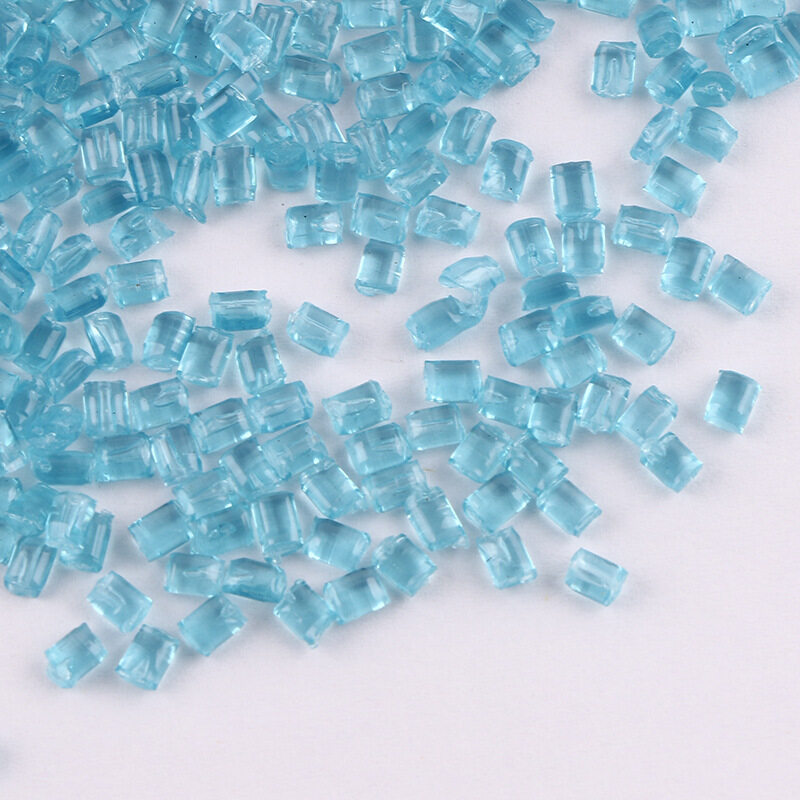Email format error
Email cannot be empty
Email already exists
6-20 characters(letters plus numbers only)
The password is inconsistent
Please enter the email address you’d like your password reset information sent to.
Email format error
Email cannot be empty
Email does not exist
Reset account password
For the account
6-20 characters(letters plus numbers only)
The password is inconsistent
Reset success
Your password was reset. You can log in using your new password.
Login

Offer Technical Support and Customized Solutions
The company is committed to creating new and improved plastic materials to meet the evolving demands of the market.

Effect of Relative Viscosity Value on the Shape of Plastic Particles
2023-08-21 17:28:48
Relative viscosity is a physical property of fluid, which can be obtained by measuring the flow time of solutions with different concentrations. For plastic particles, the relative viscosity value can affect the shape of the particle.
A lower relative viscosity number
A lower relative viscosity number means the fluid is less viscous, and less viscous fluids flow better. For plastic particles, a lower relative viscosity value may cause the particles to flow more easily and deform in shape in the molten state. This means that plastic particles may be easier to shape into complex shapes, such as thin-walled structures or elongated forms.
A higher relative viscosity number
Conversely, a higher relative viscosity number means that the fluid is more viscous, and more viscous fluids are less fluid. For plastic particles, higher relative viscosity values may result in particles with less fluidity and less shape deformation in the molten state. This means that plastic particles are easier to mold into lumps or regular shapes.
In general, the relative viscosity value has a certain influence on the shape of plastic particles. A lower relative viscosity value usually causes the particles to form complex shapes more easily, while a higher relative viscosity value usually causes the particles to form relatively simple shapes. shape. However, the shape of plastic particles is also affected by other factors, such as the composition and melting point of the plastic. Therefore, the relative viscosity value is only one factor affecting the shape of plastic particles.
Conversely, a higher relative viscosity number means that the fluid is more viscous, and more viscous fluids are less fluid. For plastic particles, higher relative viscosity values may result in particles with less fluidity and less shape deformation in the molten state. This means that plastic particles are easier to mold into lumps or regular shapes.
In general, the relative viscosity value has a certain influence on the shape of plastic particles. A lower relative viscosity value usually causes the particles to form complex shapes more easily, while a higher relative viscosity value usually causes the particles to form relatively simple shapes. shape. However, the shape of plastic particles is also affected by other factors, such as the composition and melting point of the plastic. Therefore, the relative viscosity value is only one factor affecting the shape of plastic particles.
Contact us

